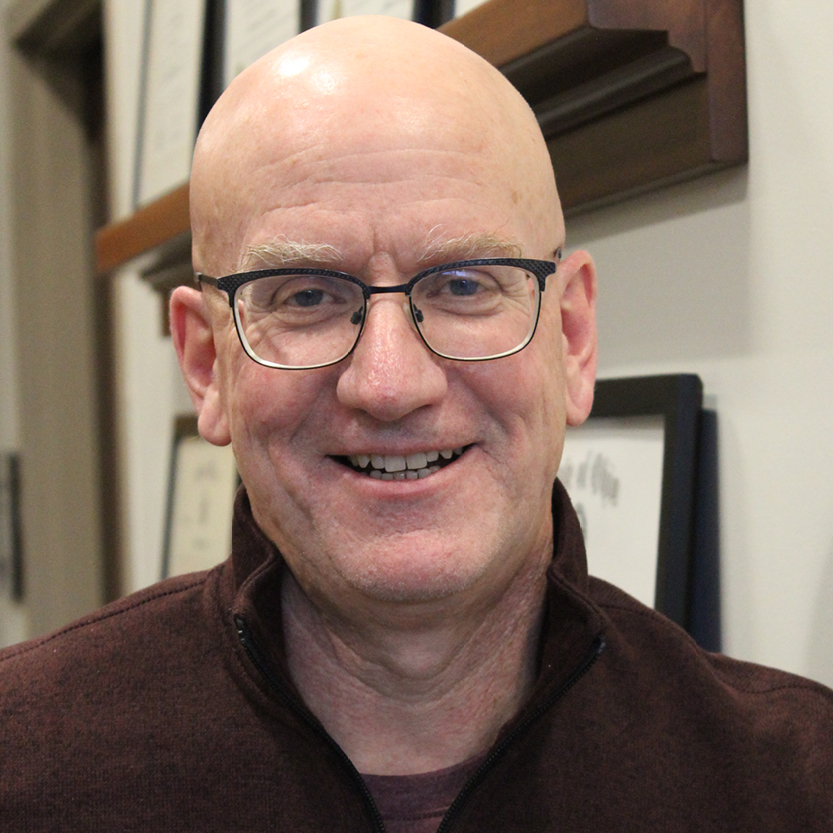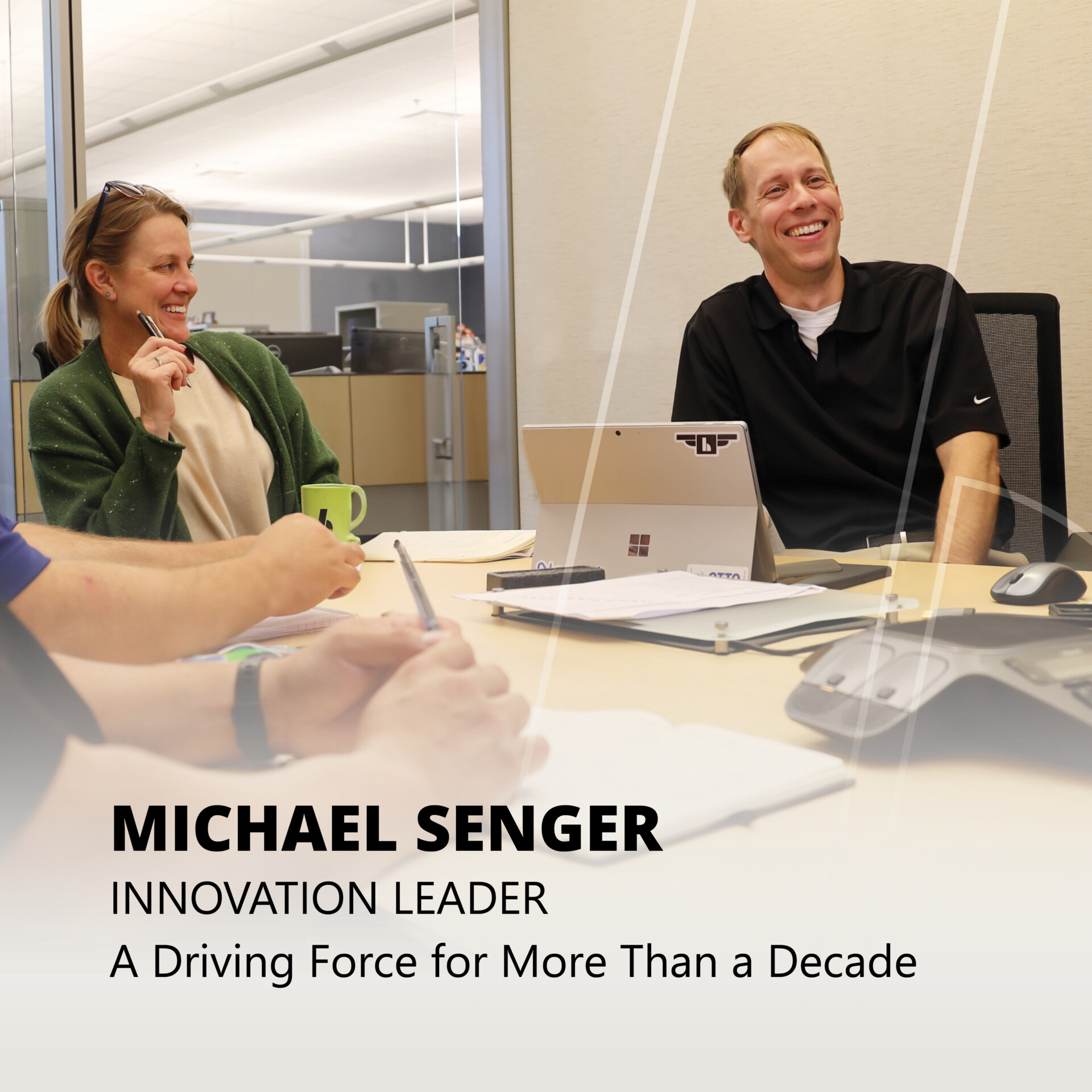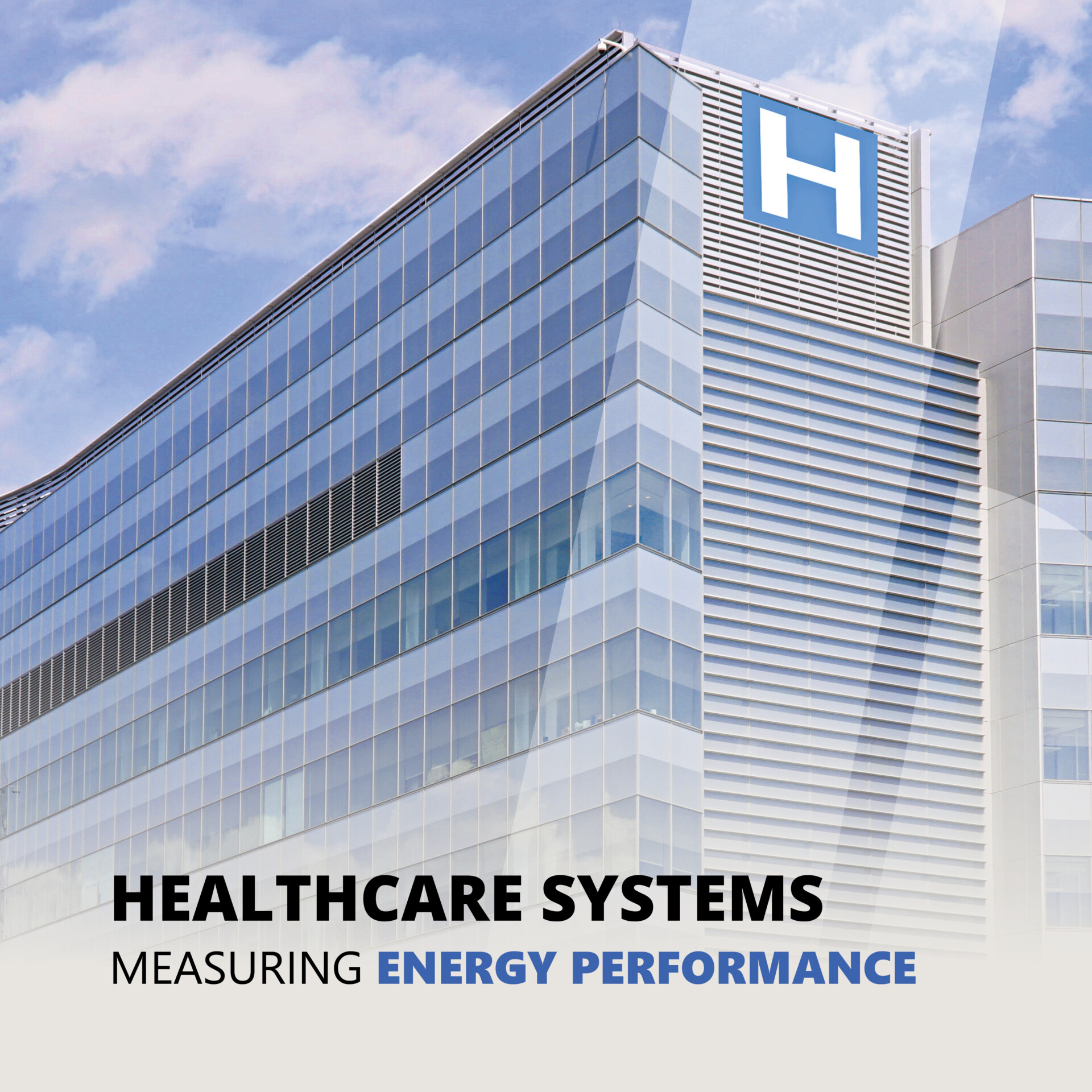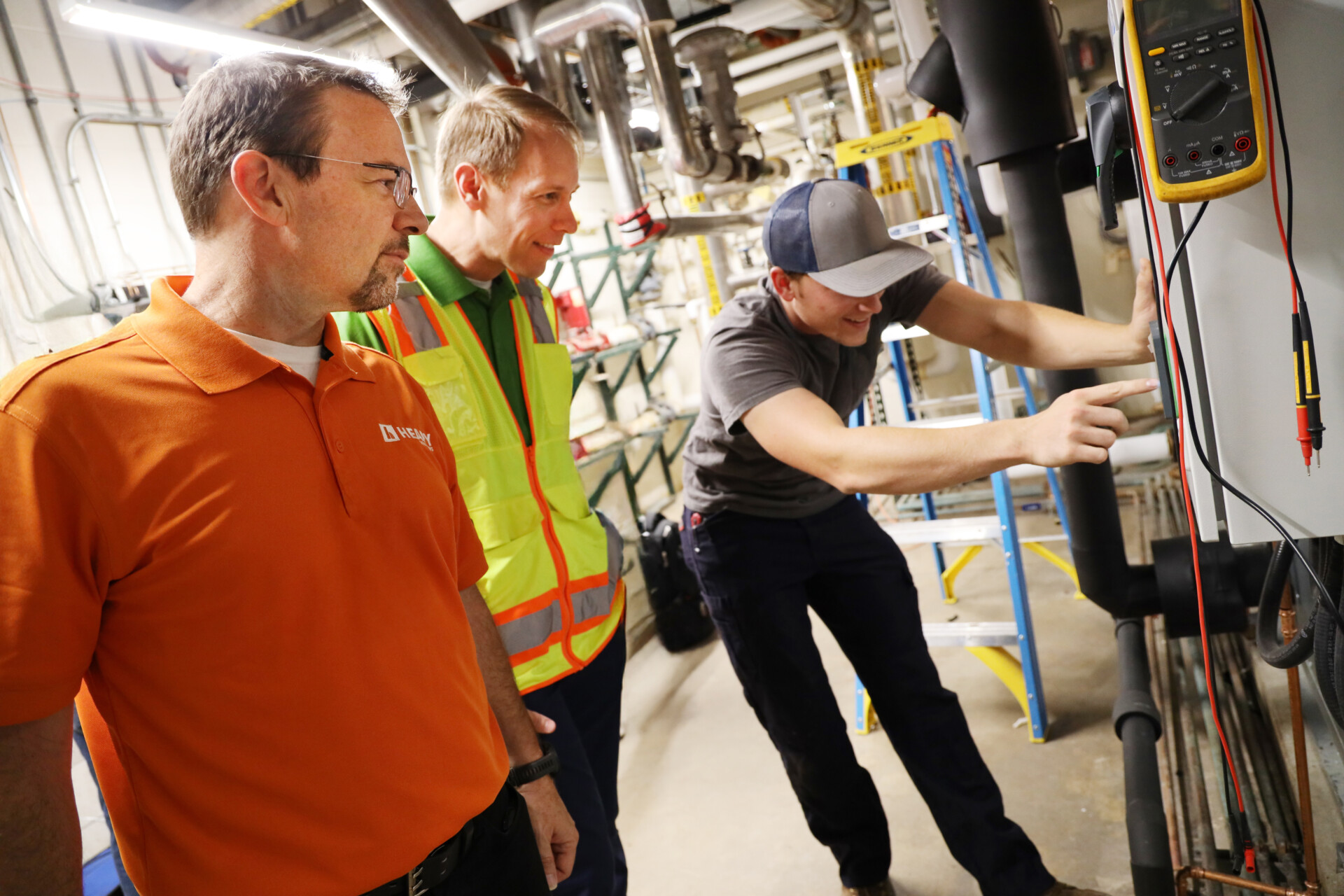The NASA Research Support Building, located at the NASA Glenn Research Center campus in Cleveland, Ohio is officially complete.
| “This high-tech facility was designed with collaboration in mind.
The adaptive and open spaces will help the NASA team work together to advance aeronautics and space exploration.” |
 |
| Ryan Henderson PE, LEED AP Chief Operating Officer Principal |
The new building provides research office space for 160 occupants, as well as a kitchen and cafeteria, exchange store, training and conference rooms, and social and common areas. The 60,000 square-foot facility features multiple breakout areas and concurrent engineering rooms, as well as low partition workspaces to encourage teamwork and collaboration.

“The completion of the Research Support Building is a major step in our continuing effort to become a more energy-efficient campus and meet NASA’s 21st century mission needs,” said Bryan K. Smith, director of Facilities, Test and Manufacturing at Glenn. “As our workforce becomes increasingly mobile, we need to provide workspaces that accommodate collaboration, agility, and flexibility.”
The facility pays homage to the historic campus on which it sits, reflecting an industrial and functional aesthetic. Atriums feature skylights, featuring abundant natural light to improve occupant health and wellness. The facility was also designed to exceed modern building energy efficiency standards and to accommodate future renewable energy systems. The project has achieved LEED Gold BD+C certification.
| “This project is an excellent example of how we work to fulfill the HEAPY purpose – to build a sustainable, well, and more resilient society.
The NASA Research Support Building was designed to improve the wellbeing of its occupants, as well as reduce energy usage and environmental impact.” |
 |
| Mark Brumfield CEO Senior Principal |
The Research Support Building is part of the second phase of a multi-year Facility Master Plan to revitalize the central campus, including renovation and replacement of World War II era campus buildings. The facility includes new high-voltage power designed for potential expansion, considering future project needs.





